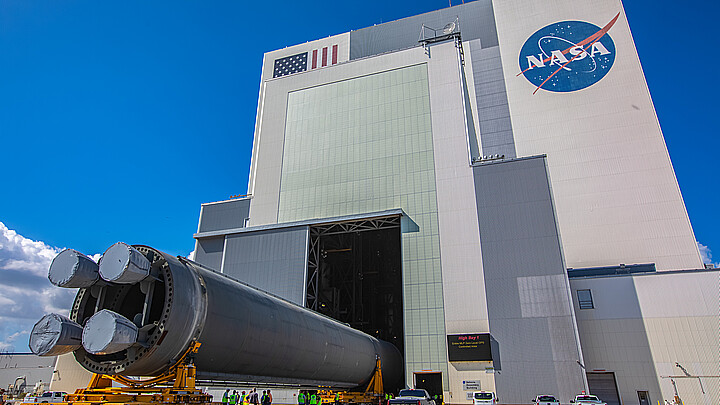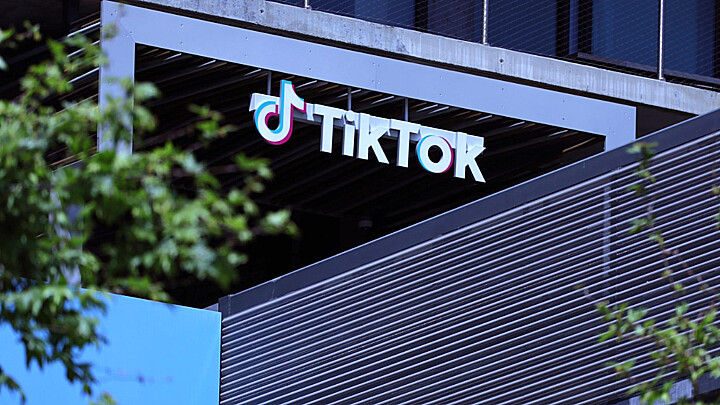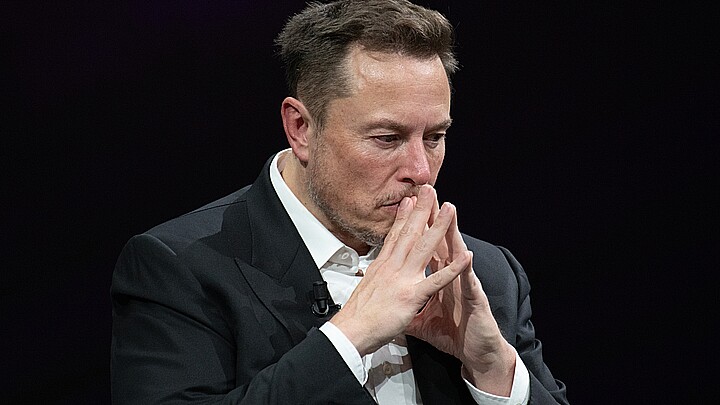Technology
'The Uber of the Sky': Silicon Valley companies test pilotless aircraft
Several experts estimate that at least ten years are needed to have enough vehicles in service, but companies plan to start operations in 2024
May 11, 2022 5:11pm
Updated: May 12, 2022 9:09am
Several California-based companies are testing small electric planes piloted by artificial intelligence to carry their passengers from one "vertiport" (vertical airport) to another.
Marc Piette, the founder of Xwing, a company specializing in autonomous technologies for aviation, said that his company is working to implement this project, which aims to make any aircraft take off and land vertically, either with a gasoline or electric engine. Furthermore, they will be able to taxi, take off, fly and land on their own, and even talk to passengers.
"We are going to see this network of 'electric air cabs' appear, regional or long distance. The landscape is going to change a lot," Piette said in an interview with AFP.
In February, a Joby electric vehicle crashed during a remotely piloted flight while the company was testing speeds beyond its limits. Although it looks like a helicopter, it has only one wing and several propellers.
"It's bad for the whole industry when there's an accident (...) But that's what testing is for," said Louise Bristow, vice president of Archer, a company that received an advance order from United Airlines for 200 vehicles and plans to start operating the "Uber of the sky" in Los Angeles and Miami by the end of 2024.
Wisk Aero, the company owned by Boeing and Larry Page (co-founder of Google), is also working on an autonomous electric vehicle capable of vertical landing.
Several experts estimate that it will take at least ten years for there to be enough vehicles in service and for customers to become accustomed to this new method of transportation in cities.
New air mobility consultant Scotte Drennan believes that ideas that seemed like a dream are taking shape thanks to the convergence of three important technologies: electric power, computing capabilities, and autonomy systems.
Xwing, for example, has focused on autonomy. Marc Piette claimed that, based on an existing, well-known, everyday device, they made the minimal modifications necessary to convert it into an autonomous device and thus certify it. They are currently replicating the same procedure with other equipment.
The company plans to equip the aircraft to distribute goods and to be able to carry out "all kinds of commercial operations" within two years, which would be enough time for the company to accept the project. Subsequently, they will be used to transport passengers.










